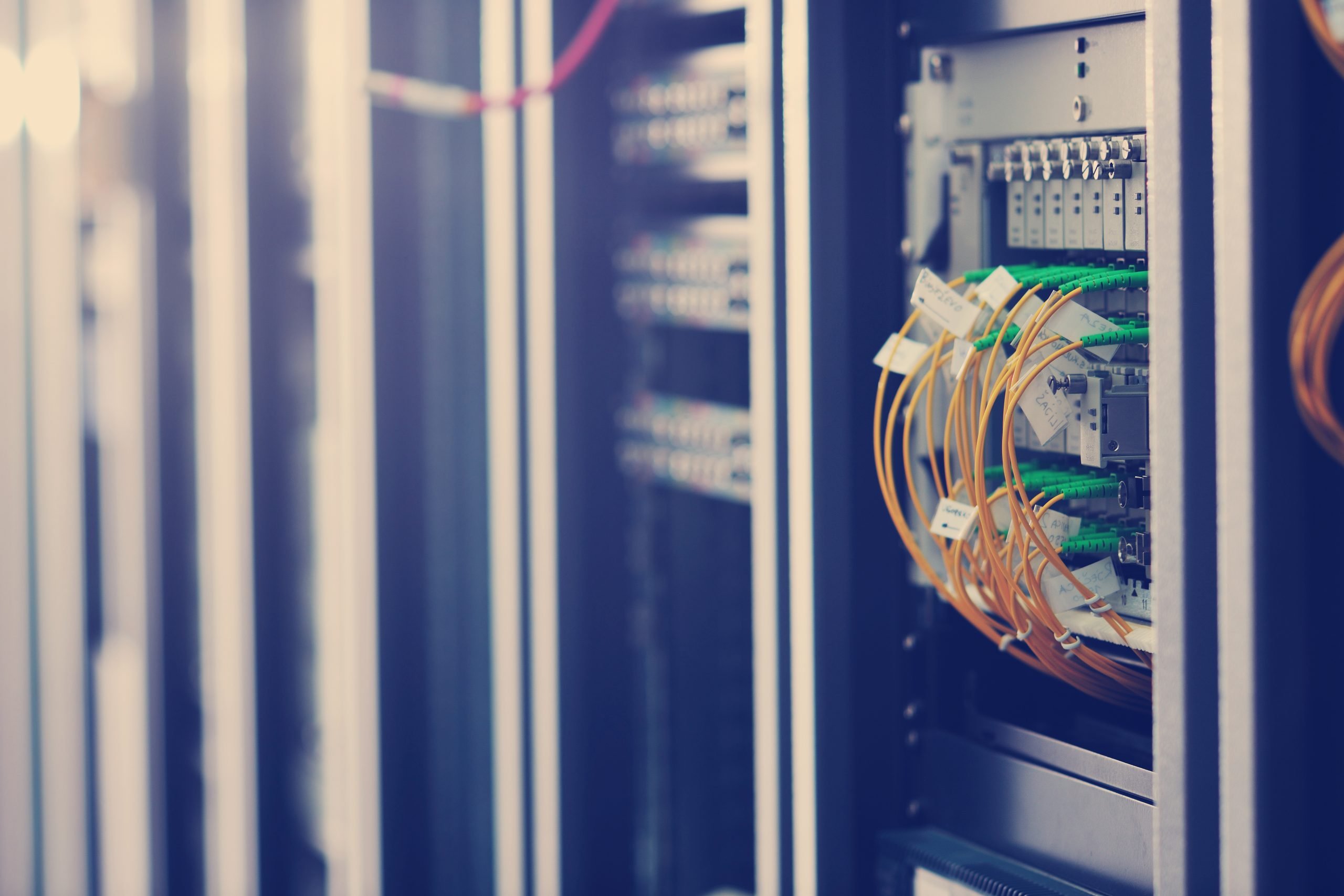IT infrastructure is an important part of any business, allowing companies to store data, run applications, and access resources remotely. To ensure that your IT infrastructure is running smoothly, it’s essential to have a plan in place to manage and maintain it. Here are seven essential steps to running a successful server infrastructure.
1. Define Your Server Infrastructure
The first step in running a successful server infrastructure is to define what you need. This includes determining the hardware, software, and networking components you need to power your IT systems. Consider how your servers will be used, how much data it will need to store, and how many users will access it.
2. Plan Your Server Infrastructure
Once you have an idea of what your needs are, it’s time to create a plan. Here are some steps you can follow to plan your server infrastructure:
- Determine the services and applications that will be hosted: Before you can start planning the hardware, you need to determine what services and applications will be hosted on the servers. This will help you understand the resources and capabilities that the servers will need to have.
- Identify the hardware requirements: Based on the services and applications that will be hosted on the servers, determine the hardware requirements for the servers. This can include things like the type and number of CPUs, the amount of memory and storage, and the type of networking hardware that will be needed.
- Select the hardware and software components: Choose the hardware and software components that will be used in the server infrastructure. This can include things like the servers, networking equipment, operating systems, and any other software that will be needed to support the services and applications.
- Design the network infrastructure: Determine how the servers will be connected and how they will communicate with each other and with clients. This can include things like the type of networking hardware and protocols that will be used, as well as the layout of the network.
- Plan for scalability and reliability: Consider how you scale up or down your infrastructure as the needs of the services and applications change, and how you can make it more reliable through the use of redundant components and other measures.
- Document the server infrastructure: Document the server infrastructure, including the hardware and software components that are used, the network infrastructure, and any other relevant details. This will help with maintenance and management of the servers over time.
It’s important to carefully plan the server infrastructure to ensure that it meets the needs of the services and applications that will be hosted on it, and to ensure that it is scalable and reliable.
3. Install Necessary Software
Once you have a plan in place, it’s time to install the necessary software. The software that is necessary for your server infrastructure will depend on the services and applications that you need on the servers. Necessary types of software that you need in your server infrastructure include:
- Operating system: The operating system is the software that manages the hardware and software resources of the server. Common server operating systems are Windows Server, Linux, and Unix.
- Server applications: Server applications are software programs that provide specific services or functions on the server. Examples of server applications include web servers, database servers, email servers, and file servers.
- System management software: System management software is used to manage and monitor the server infrastructure. This can include things like monitoring tools, backup and recovery software, and security software.
- (Optional) Development tools: Development tools are software programs that are used to create and maintain the applications and services that are hosted on the servers. These can include things like programming languages, libraries, and integrated development environments (IDEs).
It’s important to choose the right software for the server infrastructure based on the needs of the services and applications that will be hosted on the servers. It’s also important to keep the software up to date and properly maintained to ensure the security and reliability of the server infrastructure.
4. Define Your Networking
When running a server infrastructure, it’s important to define your networking. This includes deciding on the type of network you will use, such as a local area network (LAN) or a wide area network (WAN). Additionally, you’ll need to decide how users will access the network and what type of security measures will be put in place.
5. Evaluate Your Server Architecture
Once you have your IT infrastructure up and running, it’s important to evaluate it. Evaluating a server infrastructure involves assessing its performance, reliability, and overall effectiveness in supporting the services and applications that are hosted on it. Here are some factors that you may want to consider when evaluating a server infrastructure:
- Performance: One important factor to consider is its performance. This includes things like the speed and responsiveness of the servers. It also means the amount of traffic that the servers can handle and the amount of resources (such as CPU, memory, and storage) that are being used.
- Reliability: Another important factor to consider is the reliability of the server infrastructure. This includes the uptime of the servers, the availability of the services and applications, and the stability of the servers.
- Security: It’s important to ensure that the server infrastructure is secure and that the data and services hosted on it are protected against unauthorized access and threats. This includes things like the security of the network, the security of the servers and applications, and the use of security measures such as firewalls and antivirus software.
- Scalability: The server infrastructure should be able to scale up or down as the needs of the services and applications change. This includes being able to add or remove servers as needed and being able to handle increases in traffic or workload.
- Cost: You should always evaluate the cost of your infrastructure, including things like the cost of hardware, software, and maintenance.
- Management and maintenance: Consider the ease of managing and maintaining the servers, including things like the availability of documentation and resources, the availability of technical support, and the processes in place for updating and patching the servers and software.
By evaluating the system in these areas, you can determine its overall effectiveness and identify any areas that you can improve.
6. Define Your Disaster Recovery Plan
No matter how well you plan and manage your server infrastructure, there’s always the chance of something going wrong. To protect your data and prevent downtime, it’s essential to have a disaster recovery plan in place (e.g. IBM). This includes things like having regular backups, offsite storage, and redundant systems.
7. Maintain Your Server Infrastructure
Finally, it’s important to maintain your whole system. This includes things like patching and updating software, monitoring system performance, and troubleshooting issues. Additionally, it’s important to regularly evaluate your IT infrastructure to ensure that it’s running optimally.
Conclusion
By following these seven essential steps, you can ensure that your server infrastructure is running smoothly and securely. From defining your server infrastructure to maintaining it, these steps will help you run a successful server infrastructure.




